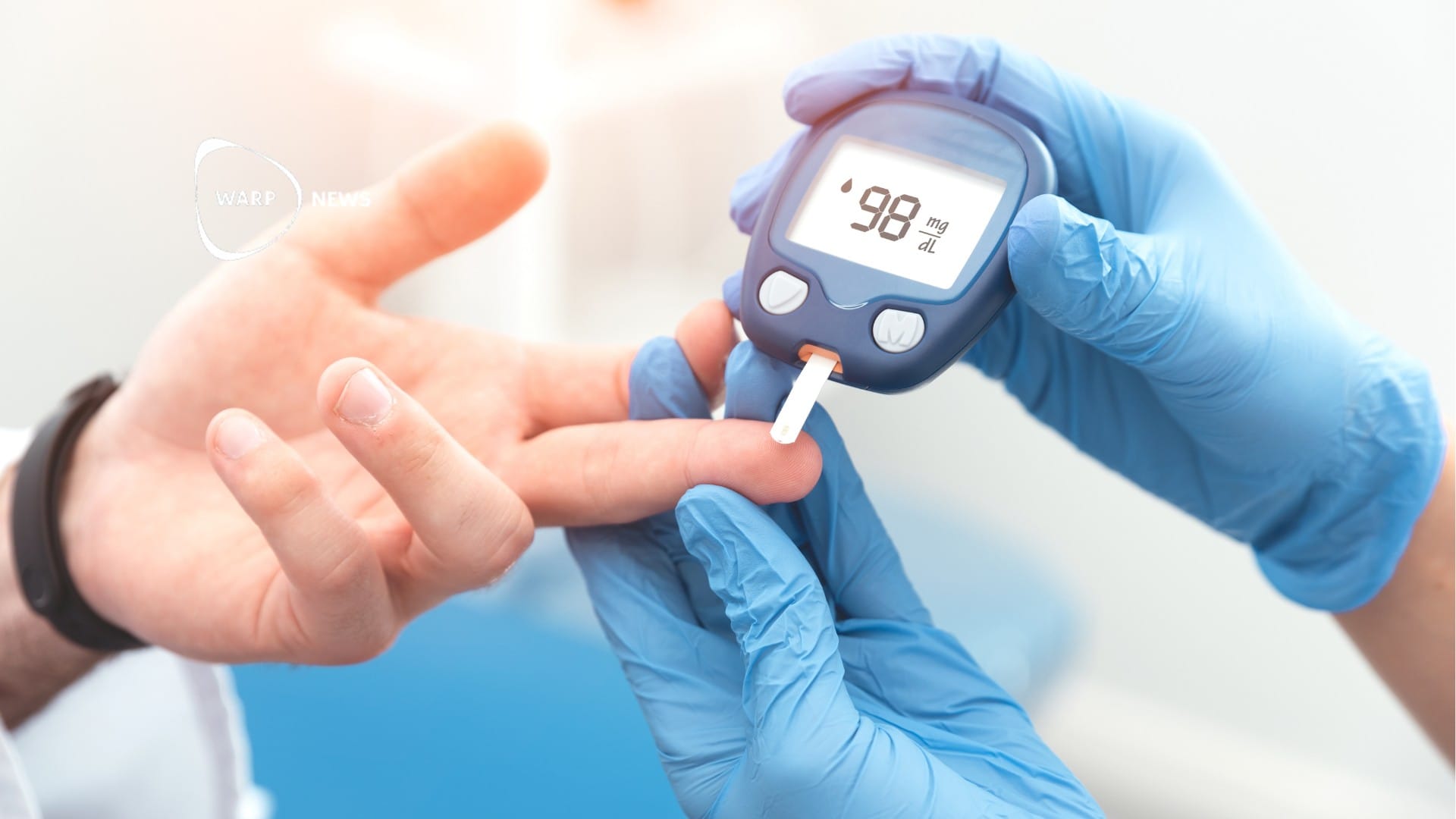
🎗 AI provides better diagnoses in breast cancer
An AI-based method could help doctors determine the type of treatment best suited to a breast cancer patient's needs.
Share this story!
Researchers at Karolinska Institutet have used AI to provide doctors with a better basis for how a patient should be treated. The AI has learned to distinguish between different tumors by analyzing digital microscope images. Based on the images, the AI can determine if a tumor is grade 1, 2 or 3.
Grade 1 are low-risk tumors, grade 2 are intermediate-risk tumors and grade 3 are high-risk tumors. Each degree requires different treatment methods so it is important to give a correct diagnosis from the beginning. For patients with grade 1 or grade 3 tumors, it is clear what type of treatment is needed, but for grade 2, it may be more difficult.
"About half of breast cancer patients have a grade 2 tumor, which unfortunately does not provide any clear guidance on how the patient should be treated. This means that some patients are overtreated with cytotoxic drugs, while others are at risk of undertreatment. We have tried to find a solution to this problem", says Yinxi Wang, researcher at Karolinska Institutet and the study's first author, in a press release.
The AI developed by the researchers has the advantage that it can divide patients with grade 2 tumors into two subgroups. A high- and low-risk group, with a clear distinction in the risk of relapse.
"It is fantastic that with the help of modern AI technology, so-called deep learning, you can develop models that not only reproduce what specialists do today, but actually extract information beyond what the human eye can discern", says Mattias Rantalainen, associate professor and research group leader at Karolinska Institutet and shared last author.
There are other methods of molecular diagnostics already in use, but they are often expensive and time-consuming. Something which the AI method could solve, according to the researchers.
"A major advantage of the method is that it is cost-effective and fast because it is based on microscopic images of stained tissue samples that are already part of routine medical care. This means that we can offer this type of diagnosis to more people and thus increase the possibility of giving the right treatment to the right patient", says Johan Hartman, professor at Karolinska Institutet and shared author.
The research group will now proceed advancing the method to a stage where it's ready for clinical use and hope to be able to launch next year.
By becoming a premium supporter, you help in the creation and sharing of fact-based optimistic news all over the world.


